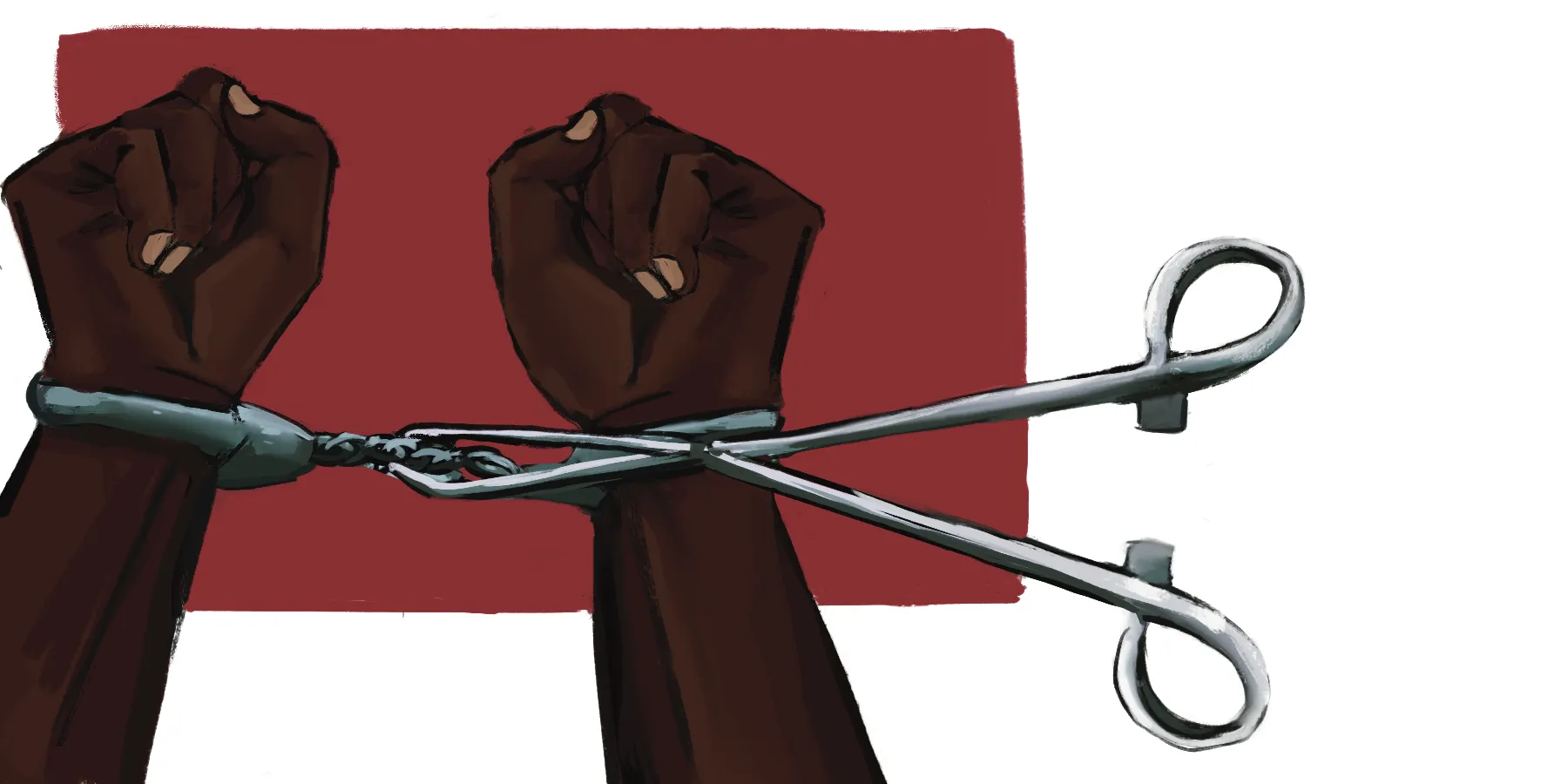Abolition has been part of the American democratic experiment since the founding of this nation—a founding premised in large part upon the violent exploitation of Black labor that shaped many aspects of American society in ways that endure to this very day, science and medicine included.1,2 Slavery, Jim Crow, and other forms of state-sponsored systems of violence have given rise to social and legal movements dedicated to abolishing these practices. Contemporary social movements have made connections between this history and modern instruments of anti-Black state violence—namely, policing and prisons—to continue abolitionist efforts that speak to existing struggles. What has come out of these discussions is a realization that anti-Blackness as articulated by law enforcement and other state institutions does not happen on its own or in isolation but is often given life and legitimacy through partnerships with other professionals—whether with architects who design prisons and execution chambers3 or paramedics who inject ketamine or other drugs into persons detained by the police to subdue them, often with deadly effect.4 This cross-professional complicity in anti-Blackness gives rise to an important question that is the focus of this special issue: To the extent that medicine is often closely connected to sites of anti-Black racial oppression, what would an abolitionist approach to the profession look like? To channel legal scholar Amna A. Akbar, How can we imagine and foster an abolitionist horizon for medicine that is committed to eradicating structural inequalities that disproportionately impact the health and well-being of minority communities?5 How might this be an important standpoint from which to train the next generation of physicians so that medicine can be a prominent factor in not only eliminating health inequities but also freeing communities?
Abolitionist standpoints in medicine are not new. They emerge out of a long history in which medicine, public health, and the health sciences often serve as mechanisms of racial oppression that, with appropriate advocacy and reframing, might turn into opportunities for human liberation.6,7,8 At the Othering and Belonging Institute at the University of California (UC), Berkeley, we began our work in this area by collaborating with 4 medical students in the UC San Francisco-UC Berkeley Joint Medical Program to develop a policy brief on abolishing the use of biological race in medicine.9 This work highlights how the faulty assumption that social categories of race reflect inherent biological differences often obscures the extent to which racial disparities are a function of how certain people and populations are treated, not the color of their skin. As Joia Crear-Perry, Dorothy Roberts, and others have noted, racism, not race, is the cause of these inequities.10,11,12
Abolitionist praxis in medicine must begin with this point. But it also must continue to explore the many ways that race and racism have become foundational to how we understand human differences and health disparities. This understanding might lead to new approaches that recalibrate the terms in which we think about and engage with the practice of healing by centering the values of equity, inclusion, and belonging. This issue of the AMA Journal of Ethics provides an opportunity to continue the conversation on this important intervention and move us one step closer to making abolitionism central to what it means to practice medicine.
References
-
Washington H. Medical Apartheid: The Dark History of Medical Experimentation on Black Americans From Colonial Times to the Present. Anchor Books; 2008.
-
Keel T. Divine Variation: How Christian Thought Became Racial Science. Stanford University Press; 2018.
-
Pedersen M. Q&A: Raphael Speery on the architecture of incarceration. Metropolis. December 11, 2013. Accessed November 29, 2021. https://metropolismag.com/projects/qa-raphael-sperry-on-the-architecture-of-incarceration/
-
Obasogie OK, Zaret A. Medical professionals, excessive force, and the Fourth Amendment. Calif Law Rev. 2021;109(1). Accessed January 19, 2022. https://www.californialawreview.org/print/medical-professionals-excessive-force-and-the-fourth-amendment/
-
Akbar A. An Abolitionist horizon for (police) reform. Calif Law Rev. 2020;108(6). Accessed January 19, 2022. https://www.californialawreview.org/print/abolitionist-horizon-police-reform/
-
Nelson A. Body and Soul: The Black Panther Party and the Fight Against Medical Discrimination. University of Minnesota Press; 2011.
-
Metzl J. The Protest Psychosis: How Schizophrenia Became a Black Disease. Beacon Press; 2010.
-
Matthew DB. Just Medicine: A Cure for Racial Inequality in American Health Care. New York University Press; 2015.
-
Chada N, Lim B, Kane M, Rowland B. Toward the abolition of biological race in medicine. Othering and Belonging Institute. May 13, 2020. Accessed November 29, 2021. https://belonging.berkeley.edu/toward-abolition-biological-race-medicine-8
-
Crear-Perry J. Race isn’t a risk factor in maternal health. Racism is. Rewire News Group. April 11, 2018. Accessed November 29, 2021. https://rewirenewsgroup.com/article/2018/04/11/maternal-health-replace-race-with-racism/
-
Roberts D. The problem with race-based medicine. TED. November 15, 2015. Accessed November 29, 2021. https://www.ted.com/talks/dorothy_roberts_the_problem_with_race_based_medicine/details?referrer=playlist-the_link_between_health_and_racism
-
Roberts D. Fatal Invention: How Science, Politics, and Big Business Re-create Race in the Twenty-First Century. New Press; 2011.




